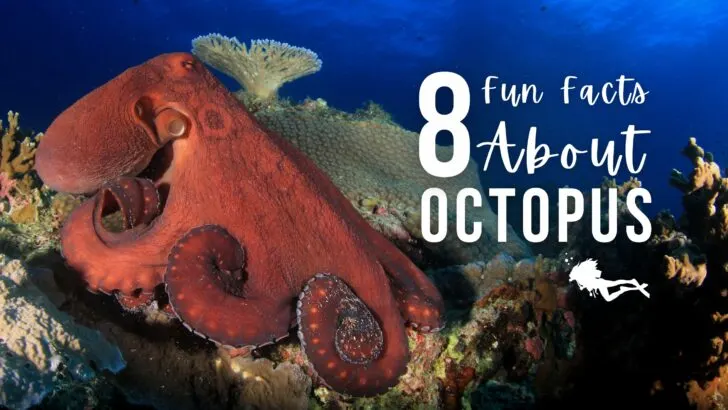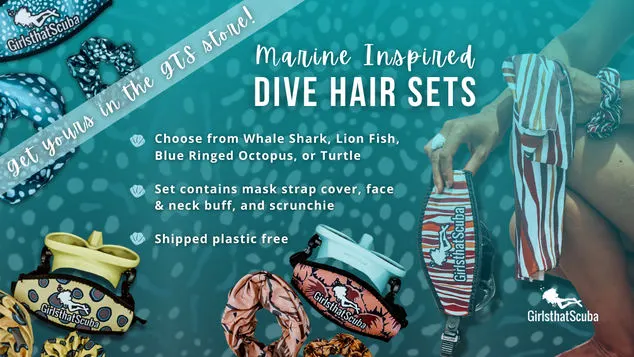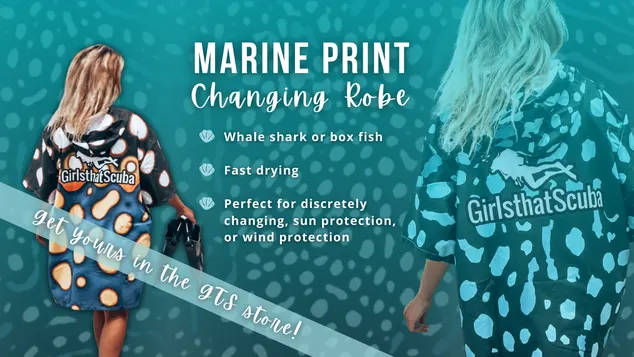Ready to hear some fun facts about octopus? You’re in the right place.
Octopuses have long captured the imagination of sea goers, and it’s easy to see why. They have a unique appearance, and project themselves through the water in an alien-like way. Octopus are also known for producing mysterious clouds of ink.
What’s more, their anatomy is fascinating. From their limbs to their hearts, nothing about an octopus is quite what it seems.
Unsurprisingly, they’ve inspired stories for years, giving rise to myths such as the Kraken and formidable characters like Ursula in the Little Mermaid. Yet despite being depicted as villains for centuries, these intriguing creatures are now being seen in a new light.
Documentaries such as Netflix’s hit ‘My Octopus Teacher’ and several books have highlighted just how intelligent octopus are. And it’s even thought that octopuses can feel pain and try desperately to avoid it.
Clearly there’s more to these space-like creatures than meets the eye, so let’s delve a little deeper into some of the most interesting facts about octopuses out there.
1. Some octopus species can walk
The word októpus in Greek translates to ‘eight foot’, and it’s long been thought that all octopus limbs perform similar functions. However, research has shown that some octopus species, including the common octopus, use two of their limbs for walking.
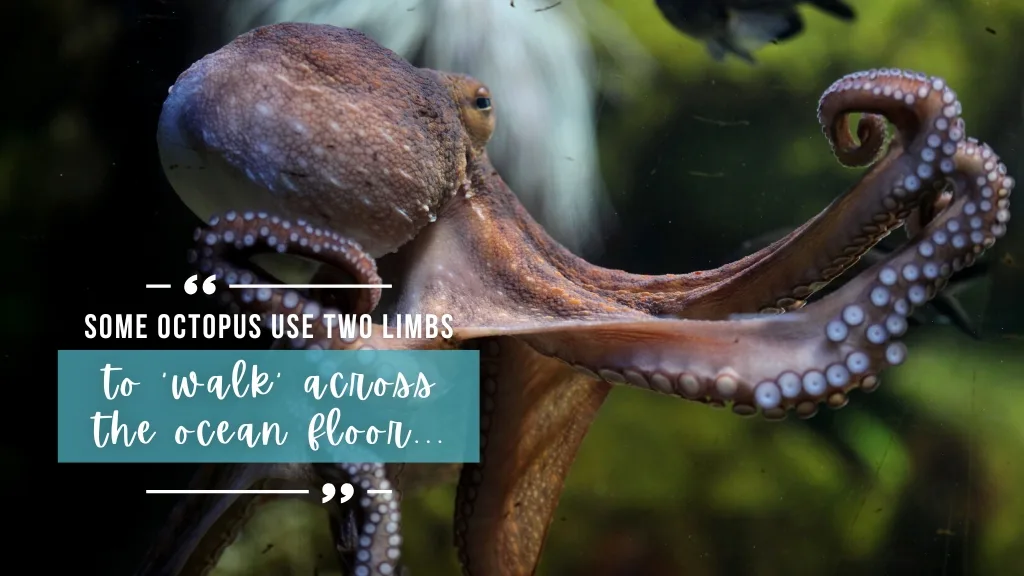
Often referred to as ‘legs’, these rear limbs allow octopuses to ‘walk’ across the ocean floor in a way that’s similar to how humans walk on land (known as bipedal locomotion). This leaves the remaining limbs free to form a variety of shapes. These shapes can include impersonating floating algae or coconut shells, which may protect the octopus from predators.
2. Octopuses are fantastic multi-taskers
Have you ever tried rubbing your head and patting your tummy while hopping up and down? If so, you’ll know it takes a lot of brain power to simultaneously perform several actions with multiple limbs.
Fortunately, octopuses have a unique nervous system that allows them to perform multiple tasks at once. Around one-third of their nerve cells are located in their central brain, while an astounding two-thirds of their nerve cells are located in their limbs.
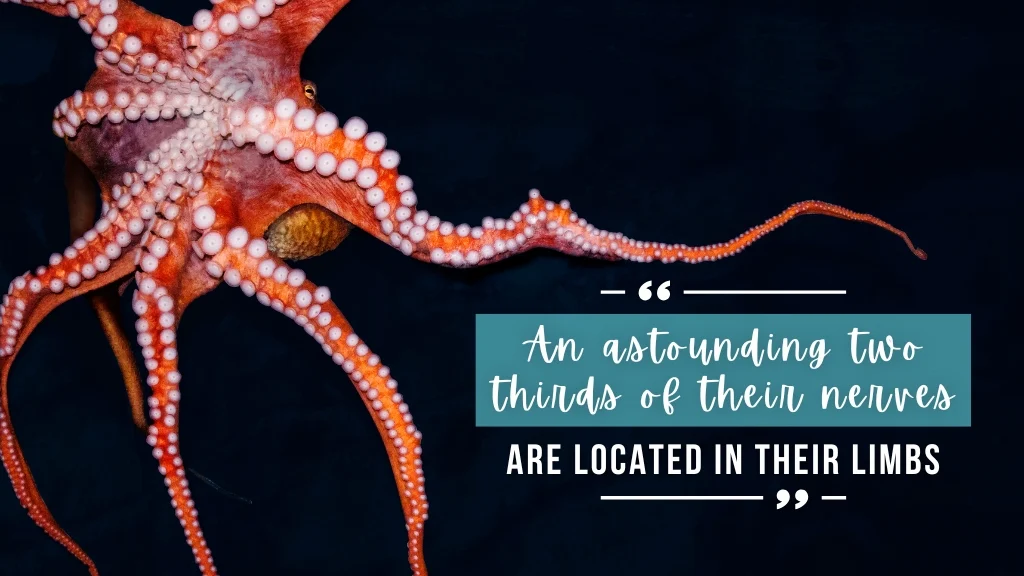
Each limb has its own collection of nerve cells that enable it to move without input from the central brain. It’s even thought that these mini control centres may be able to learn independently of one another.
This makes octopuses excellent multitaskers. It’s also the reason why severed octopus limbs can continue to move for surprisingly long periods of time.
3. Octopuses are pretty nifty builders
Their flexible, highly specialised limbs enable octopuses to carry out some unique tasks. In fact, octopuses are one of the few animals, aside from humans, that can use tools to their advantage. Other examples include dolphins and chimpanzees.
And it turns out octopuses like home comforts as much as the rest of us. They’re known to build dens on the sea floor out of coconut shells, empty gastropod shells and other materials and stay in them for several days.
Octopuses choose their spots carefully, and they modify their homes by rearranging surrounding stones and sand. They even collect objects to block the entrance to their homes, essentially building a front door.
What’s more, if they find a shell they’re particularly fond of, they might carry it with them while they search for a new spot to rest.
The ability of octopuses to construct homes when needed, and also prepare for future home-building, is further evidence of their impressive cognitive skills.
4. Octopuses have not one, not two, but three hearts
That’s right – octopuses have three hearts. Two of these hearts (known as the branchial hearts) pump blood to the gills, where it picks up oxygen and becomes oxygenated.
The oxygenated blood is then sent to deliver oxygen to the rest of the body by the third central heart.
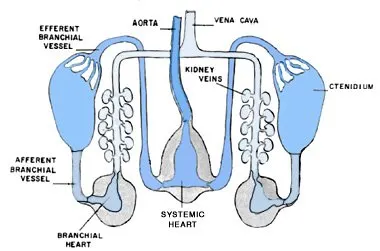
Blood that no longer contains oxygen (deoxygenated blood) is then returned to the branchial hearts. The branchial hearts send the deoxygenated blood back to the gills, and the cycle continues.
Collectively, this trio of hearts ensures that octopus organs and muscles get all the oxygen they need.
5. Octopus blood is blue
One of the most interesting facts about octopus is about their blood. Unlike humans, octopuses use a protein (known as haemocyanin) which contains copper to move oxygen around the body.
When this haemocyanin is carrying oxygen, it turns a blue colour, which is why octopus blood is blue. In contrast, humans use a protein that contains iron (haemoglobin) to transport oxygen around the body, which gives human blood its red colour.
So why so many hearts? Haemocyanin isn’t as good at carrying oxygen as haemoglobin, so octopuses need extra hearts to make sure enough oxygen is delivered around the body.
6. Octopuses are masters of disguise
We’ve already mentioned that octopuses use their limbs to imitate objects in their environment, like algae. But it doesn’t stop there – some octopus species also take advantage of their soft body and flexible limbs to mimic other animals.
For instance, when they’re swimming and vulnerable, the mimic octopus can take the form of poisonous creatures like lionfish and sea snakes. This is more than enough to ruin a predator’s appetite!
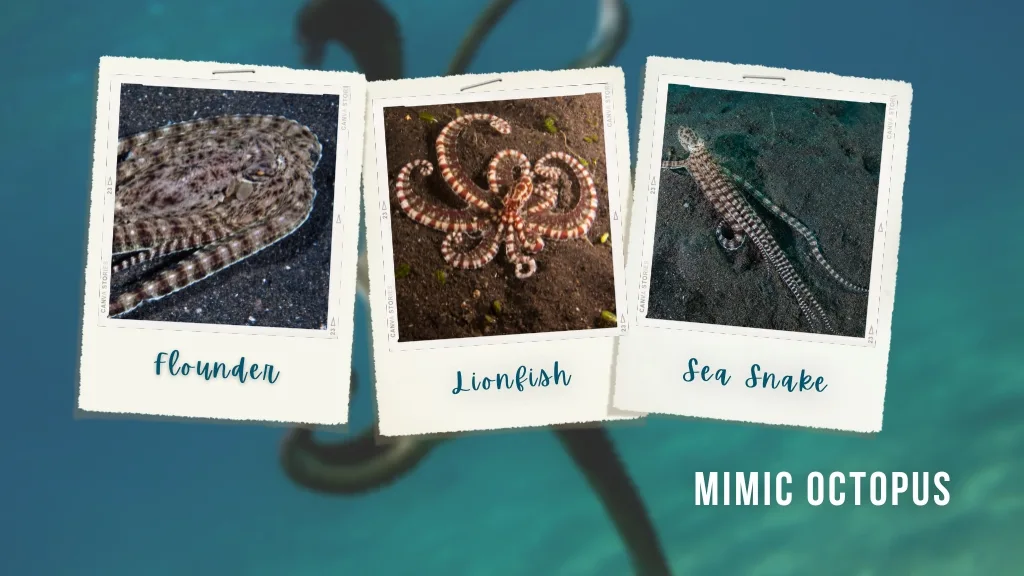
Octopuses use their camouflage skills to make their mimicry even more convincing, taking on the patterns of the animals they’re imitating.
When octopuses are settled and want to go unnoticed, they can use their camouflage skills to simply blend into the background. They can take on the colour, pattern and even texture of plants, corals, rocks, or anything else that’s nearby.
7. Octopuses can be very poisonous
Although some octopus species like to impersonate poisonous species, it doesn’t mean that octopuses aren’t poisonous themselves.
Some species use toxic substances to paralyse and even kill their prey. Fortunately, humans aren’t on the menu for most octopuses. Bites from most species might be sore, but they’re rarely lethal.
However, there’s one notable exception – the species of blue-ringed octopus comprising the Hapalochlaena genus. Commonly known as blue-ringed octopus, these species carry a venom that’s approximately 1000 times stronger than cyanide. This makes them one of the most toxic animals in the entire ocean.
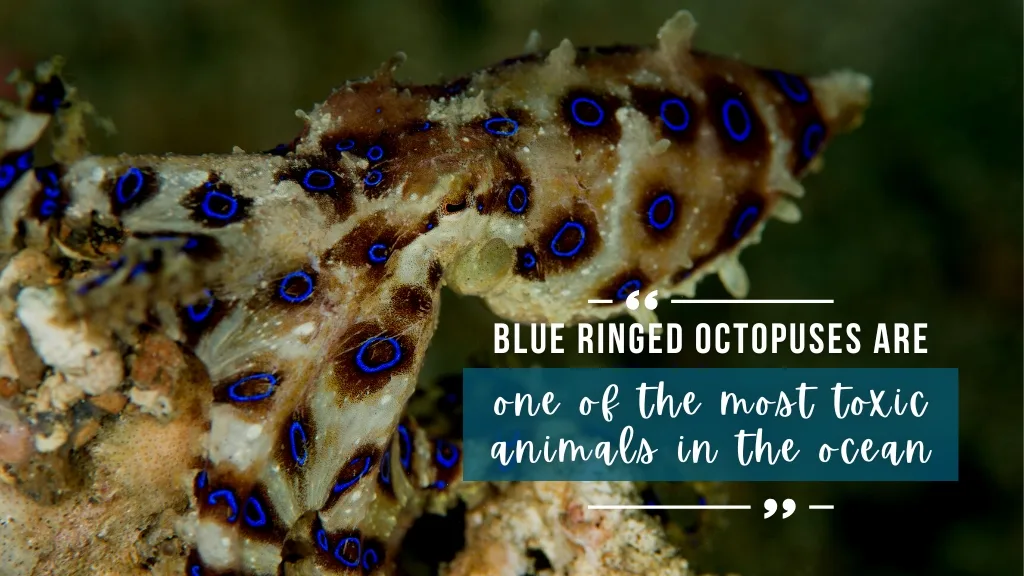
Found in the Pacific Ocean, predominantly off the coast of Australia, bites from these octopuses can be lethal. There’s currently no cure for the toxin.
Fortunately, blue-ringed octopuses are easy to spot thanks to their distinctive (you guessed it) blue-ringed pattern. When threatened, their skin turns a bright yellow. The rings, which are actually blue and black, begin to flash dramatically. If you see this kind of behaviour on a dive, it’s definitely time to back away.
We love this distinctive pattern so much we even added it to our marine print dive hair accessories!
8. Octopuses are excellent escape artists
Despite being formidable hunters, octopuses fall prey to many animals, including dolphins, sharks, large fish and even seabirds. Consequently, they’ve developed some crafty strategies for escaping predators – just in case their disguises aren’t convincing enough!
The first escape mechanism that springs to mind is octopus ink, which seemingly helps octopuses to disappear under a veil of smoke. But did you know that octopus ink also affects the attacker? It can reduce the senses that predators rely on to hunt. It can also act as a magnet to attract the predator while the octopus flees.
Another tactic used by octopus is the quick-reverse (a skill you might remember from your Rescue Diver course). If all else fails, octopuses can rapidly pump water through a tube in their body, known as a siphon. This propels them backwards through the water at impressive speeds of up to 40kmh/25mph!
Have our facts about octopus got you looking for more marine life facts? Get to know more about seahorses, whitetip reef sharks, and parrotfish!

About the Author
Rose has spent the last few years living in Europe, the Seychelles and Kenya, working as a dive instructor, writer and conservationist. She’s back in the UK at the moment and is slowly acclimatising to cooler waters!

